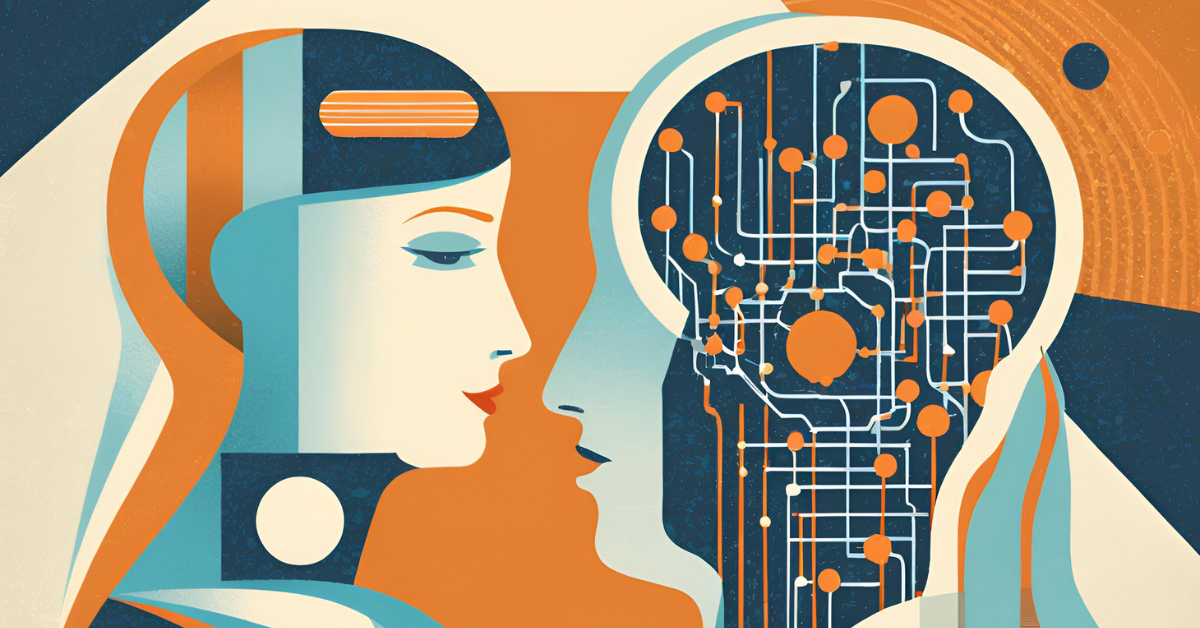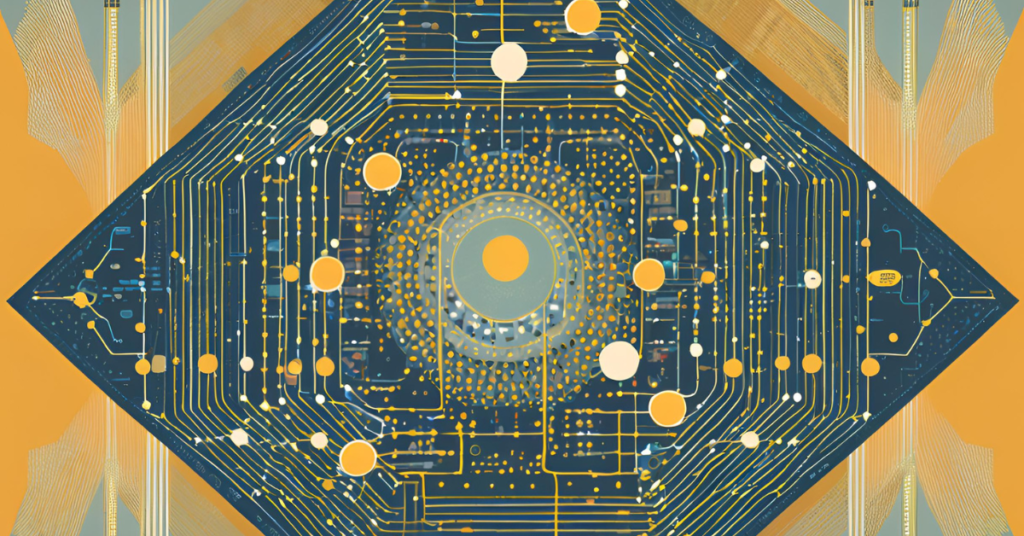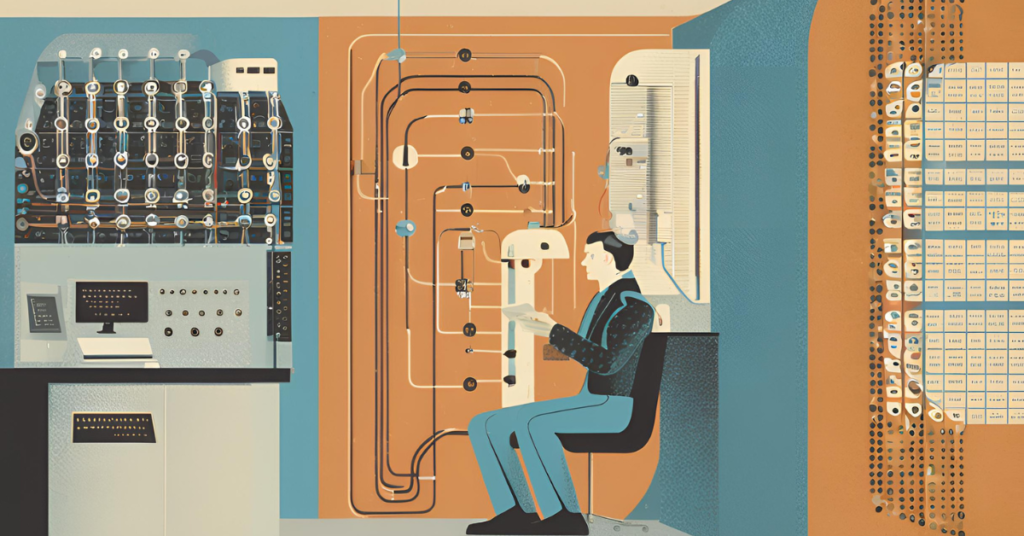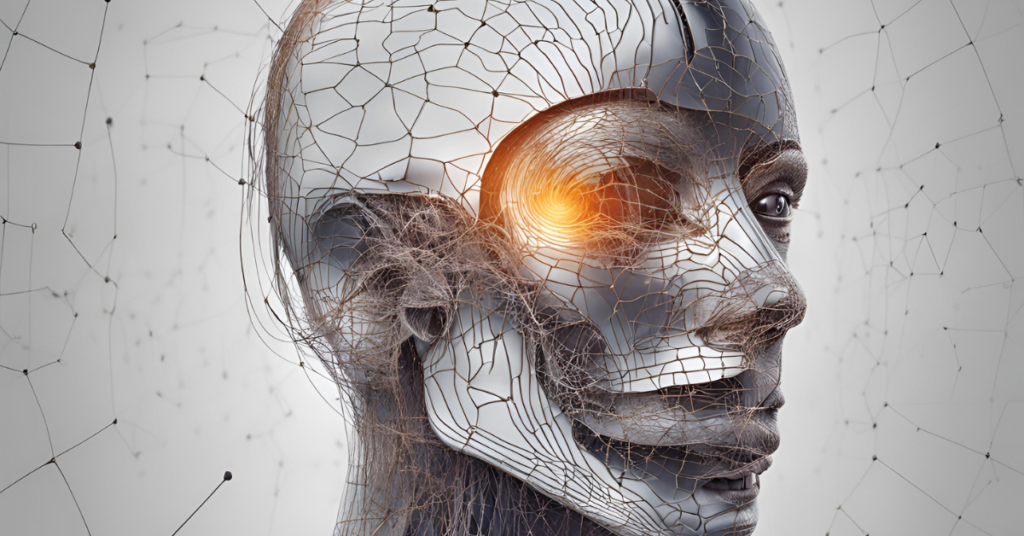
In the evolving landscape of machine learning, the distinction between supervised and unsupervised learning forms the bedrock of how we interpret data, build models, and generate insights. These two paradigms offer unique approaches and applications, and understanding their differences is crucial for data scientists, AI professionals, and businesses looking to leverage data-driven technologies.
What is Supervised Learning?
Supervised learning is a type of machine learning where the algorithm is trained on a labeled dataset. This means that each training example is paired with an output label. The algorithm learns to make predictions or decisions based on the input-output pairs.
How Supervised Learning Works
In supervised learning, the model is provided with input data (features) and the corresponding output (labels). The goal is for the model to learn the mapping function from the input to the output so that it can predict the output for new, unseen data. The process involves:
- Data Collection: Gathering a large dataset with known input-output pairs.
- Data Preparation: Cleaning and formatting the data to ensure quality and relevance.
- Model Training: Using algorithms such as linear regression, decision trees, support vector machines, or neural networks to train the model on the dataset.
- Evaluation: Assessing the model’s performance using metrics like accuracy, precision, recall, and F1 score.
- Prediction: Applying the trained model to make predictions on new data.
Applications of Supervised Learning
Supervised learning is widely used in various domains due to its ability to provide accurate and reliable predictions. Some common applications include:
- Email Spam Detection: Classifying emails as spam or not spam.
- Image Recognition: Identifying objects or people in images.
- Medical Diagnosis: Predicting diseases based on patient data.
- Stock Market Prediction: Forecasting stock prices based on historical data.
What is Unsupervised Learning?
Unsupervised learning, in contrast, involves training an algorithm on data without labeled responses. The goal is to uncover hidden patterns, structures, or features within the data.
How Unsupervised Learning Works
In unsupervised learning, the algorithm is only given input data and must find relationships and patterns within it without explicit instructions on what to predict. The process includes:
- Data Collection: Acquiring large volumes of unlabeled data.
- Feature Extraction: Identifying significant features that can help uncover patterns.
- Model Training: Using techniques like clustering (e.g., K-means, hierarchical clustering) or association (e.g., Apriori, Eclat) to analyze the data.
- Evaluation: Although more challenging, methods like silhouette score or cluster validation can be used.
- Pattern Discovery: Understanding the inherent structures or groupings within the data.
Applications of Unsupervised Learning
Unsupervised learning is particularly useful for exploratory data analysis and finding natural groupings in data. Key applications include:
- Customer Segmentation: Grouping customers based on purchasing behavior.
- Anomaly Detection: Identifying unusual patterns that may indicate fraud or errors.
- Market Basket Analysis: Discovering associations between different products in large datasets.
- Dimensionality Reduction: Simplifying datasets to reduce complexity while preserving essential information (e.g., using PCA or t-SNE).
Key Differences Between Supervised and Unsupervised Learning
Labeled Data vs. Unlabeled Data
The most fundamental difference between supervised and unsupervised learning is the presence of labeled data. Supervised learning requires a labeled dataset where the correct output is known, while unsupervised learning works with unlabeled data, seeking to identify inherent patterns.
Training Process
In supervised learning, the training process involves mapping input features to known outputs, effectively learning a function that can predict the labels of new data points. Unsupervised learning, on the other hand, involves finding hidden structures without pre-existing labels, making it a more exploratory process.
Applications and Use Cases
Supervised learning is typically used in applications where the outcome is known and predictable, such as classification and regression tasks. Unsupervised learning is more suited to exploratory data analysis, where the goal is to understand the underlying structure or distribution of the data, such as clustering and association tasks.
Algorithm Complexity
Supervised learning algorithms often require extensive labeled data and can be computationally intensive due to the need for training and validation. Unsupervised learning algorithms, while sometimes less demanding in terms of data preparation, can be complex due to the necessity of interpreting and validating the discovered patterns without clear guidance.
Key Differences in a Nutshell
| Feature | Supervised Learning | Unsupervised Learning |
|---|---|---|
| Data Type | Labeled data | Unlabeled data |
| Goal | Predict outcomes based on input-output pairs | Discover hidden patterns or structures |
| Common Algorithms | Linear Regression, Decision Trees, SVM, Neural Networks | K-means, Hierarchical Clustering, PCA, Apriori |
| Applications | Spam detection, image recognition, stock prediction | Customer segmentation, anomaly detection, market basket analysis |
| Training Complexity | Requires extensive labeled data and validation | Involves complex pattern discovery |
| Output | Specific predictions | Groupings or associations |
Supervised Learning Process
+-------------------------+
| Labeled Training Data |
| (Inputs + Outputs) |
+-----------+-------------+
|
v
+-----------+-------------+
| Train the Model |
| (Learning Algorithm) |
+-----------+-------------+
|
v
+-----------+-------------+
| Evaluate Model |
| (Validation Data) |
+-----------+-------------+
|
v
+-----------+-------------+
| Predictions |
| (New Data) |
+-------------------------+
Unsupervised Learning Process
+-------------------------+
| Unlabeled Training Data |
+-----------+-------------+
|
v
+-----------+-------------+
| Analyze Data |
| (Clustering/Association)|
+-----------+-------------+
|
v
+-----------+-------------+
| Discover Patterns |
| (Groups/Associations) |
+-------------------------+
Supervised Learning Algorithms
Here are some of the most widely used supervised learning algorithms:
- Linear Regression: Used for predicting continuous values.
- Logistic Regression: Used for binary classification problems.
- Decision Trees: Simple and interpretable models that can handle both regression and classification.
- Support Vector Machines (SVM): Effective for high-dimensional spaces.
- Neural Networks: Powerful models for complex pattern recognition tasks.
Unsupervised Learning Algorithms
Some popular unsupervised learning algorithms include:
- K-means Clustering: Partitions data into k distinct clusters based on similarity.
- Hierarchical Clustering: Builds a hierarchy of clusters through agglomerative or divisive methods.
- Principal Component Analysis (PCA): Reduces the dimensionality of the data while retaining most of the variation.
- Apriori Algorithm: Used for mining frequent itemsets and discovering associations between variables.
Conclusion
Understanding the nuances between supervised and unsupervised learning is essential for leveraging the full potential of machine learning. Supervised learning excels in predictive tasks where labeled data is available, providing high accuracy and reliability. In contrast, unsupervised learning shines in discovering hidden patterns and structures within unlabeled data, offering valuable insights for exploratory analysis.
By choosing the right approach and algorithm for your specific problem, you can harness the power of machine learning to drive innovation, improve decision-making, and unlock new opportunities.
![]()
Subscribe to QABash Weekly 💥
Dominate – Stay Ahead of 99% Testers!





